Exploramar Diving is the only PADI 5 Star Instructor Development Center authorized in Galapagos Islands and Ecuador, also DAN Business Members (Divers Alert Network). Our crew with PADI Instructors, Divemasters and Marine Biologists highly qualified guarantee a first class service and a safety dive. All of our tours are conducted by experienced guides and are carried out in your own language.
website WOLF AND DARWIN ISLANDS Wolf and Darwin are the north western islands of the archipelago, famous because they are the most exciting and desirable dive sites in the world. Strong currents are the ruling feature of these singular dive sites, where a diver can station himself at a rock to watch giant schools of every kind of fish drift past. The sites are especially known for the high presence of hammerheads and big galápagos sharks as well as marine turtles, various types of rays, mantas, dolphins, moray eels, and invertebrates. Here, you may live the unique experience of finding yourself with the greatest fish of all, the Whale Shark, between June to October.
ACADEMY BAY At Santa Cruz Island. This is the bay of Puerto Ayora at Santa Cruz Island, offering 5 dive sites within 10 or 20 minutes by boat from our Dive Center . Three of the sites are generally calm with little current; ideal for students or novices. At the other two sites the dives could be a little more complicated if there is current, so they are suitable for intermediate or expert divers. It is possible to see reef fish, sea lions, sting rays, golden rays, eagle rays, invertebrates, morays, garden eels, turtles, marine iguanas, and white tip reef sharks.
SANTA FE ISLAND This island is about an hour away from our Dive Center, and offers 4 dive sites. Generally the waters are clear and the currents mild, so they are ideal for novices. At the same time, the animals and topography make them interesting for intermediates and experts. We can see reef fish; sting and eagle rays, garden eels, turtles, sea lion colony, invertebrates, morays, pelagic fish, maybe white tip reef sharks or hammerheads.
FLOREANA ISLAND Floreana is about 90 minutes south from our Dive Center. The 9 dive sites usually have calm water but when we find strong current at one we can quickly move to another. This makes Floreana ideal for all levels of divers. You may see coral heads, endemic black coral, reef fish; sting and eagle rays, turtles, sea lion colony, barracudas, pelagic fish, white tip reef sharks, galápagos sharks, hammerhead sharks, sea horses, morays, garden eels, invertebrates.
NORTH SEYMOUR ISLAND This island is about 90 minutes north of our Dive Center. There are 5 dive sites suitable for all levels of divers, although sometimes the currents can be strong. We can see reef fish; sting and eagle rays, a large garden eel colony, turtles, invertebrates, sea lion colony, morays, pelagic fish, and usually white tip reef sharks and hammerheads. Occasionally the galápagos sharks.
GORDON ROCKS This rock formation is a world famous dive site close to Plazas Islands, about one hour from our Dive Center. There are 5 dive sites in the area, but only the three at Plazas are for novices. The other two sites are for intermediates and experts because there can be strong currents and surge. The Gordon Rocks dive sites are mostly walls with a deep bottom. Reef fish, large pelagic fish; golden, sting and eagle rays, turtles, sea lion colony, endemic galapágos fur seals, morays, invertebra
Facts about Galapagos It is in Ecuador
It is in Ecuador- Galapagos is in the Pacific.
- The typical depth is 0-30 Metres 0-100 Feet.
- The typical visibility is 10-30 Metres 30-100 Feet.
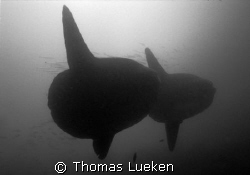
by
Thomas Lueken2 Mola Mola , Galapagos, Nikonos V
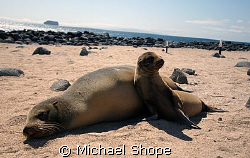
by
Michael ShopeMomma and her baby.
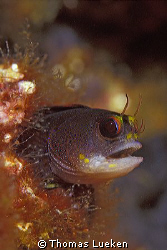
by
Thomas Luekenfound in Galapagos; F100
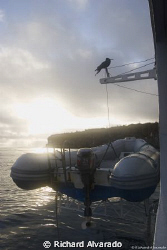
by
Richard AlvaradoSunrise in the Galapagos
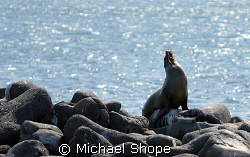
by
Michael ShopeTaken on one of the land excursions during a visit to the Galapagos Islands
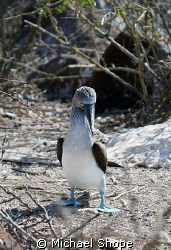
by
Michael ShopeEveryone loves Boobies......the blue Boobie is one funny bird
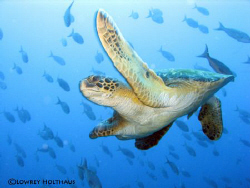
by
Lowrey HolthausSeaturtle in Galapagos
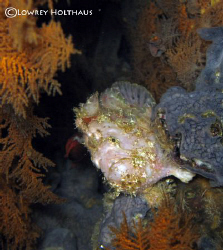
by
Lowrey HolthausFrogfish at Gordon's Rocks
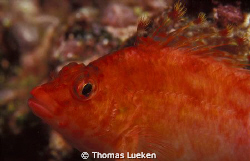
by
Thomas Luekenfound in Galapagos; F100
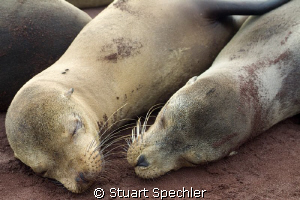
by
Stuart SpechlerSound sleeping cuties in the Galapagos.
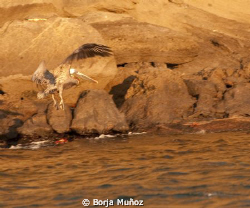
by
Borja MuñozA beautiful pelican fyling by almos at sunset.
I was able to get this shot thanks to my friend Simon and his thelephoto.
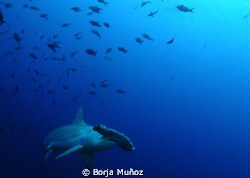
by
Borja MuñozNice hamerhead swiming by at the Galapagos
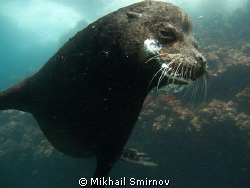
by
Mikhail SmirnovSea lion near Cousin rock, Galapagos.
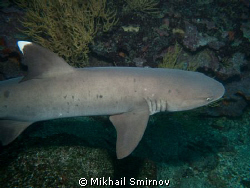
by
Mikhail Smirnovwhitetip reef shark (Triaenodon obesus)
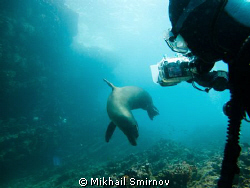
by
Mikhail SmirnovPlayfull Sea lion female. Neaк the Cousin rock, Galapagos.
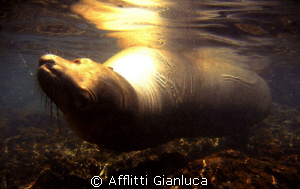
by
Afflitti Gianlucahello.....
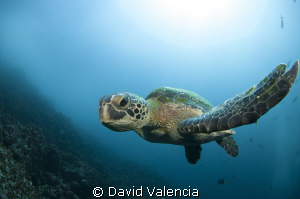
by
David ValenciaGreen sea turtle shot up close with fish eye 10-17mm tokina.
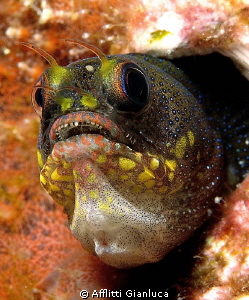
by
Afflitti Gianlucagoby
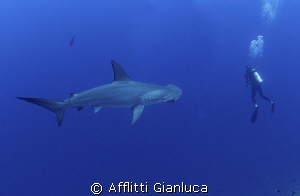
by
Afflitti Gianlucameetings ..
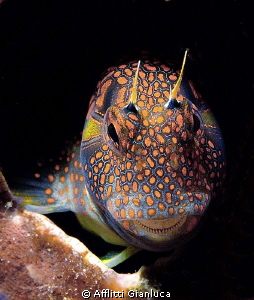
by
Afflitti Gianlucagoby in lair
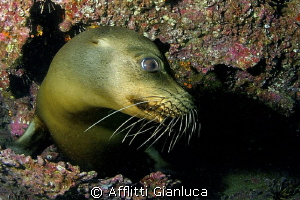
by
Afflitti Gianlucasea lion
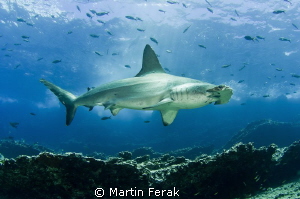
by
Martin FerakKind of scary-looking male hammerhead. Up to 3m in length, solitary with a lot of scars.. We supprisingly met each other near a sealion island on Galapagos and I had time enough only to make few unplanned pictures
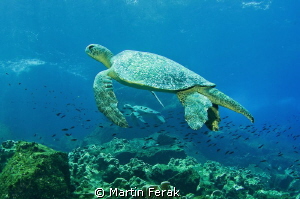
by
Martin FerakDuo turtles in Galapagos.
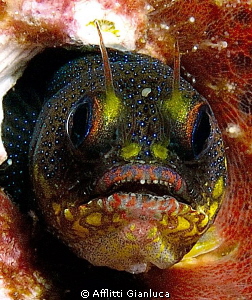
by
Afflitti Gianlucaface of a carnival
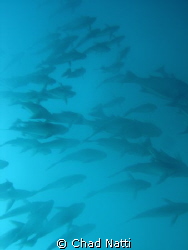
by
Chad NattiBlue Flash, On a dive I looked back to see this cloud of fish.
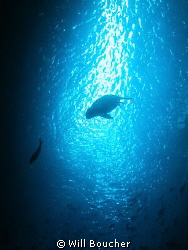
by
Will BoucherGalapagos sea lion
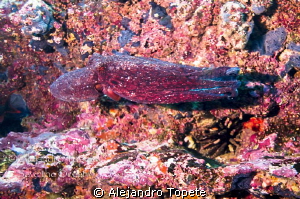
by
Alejandro TopeteOctopus Scape, Galapagos Ecuador
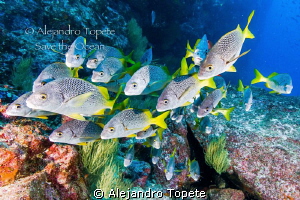
by
Alejandro TopeteGroup in the Reef, Galapagos Ecuador
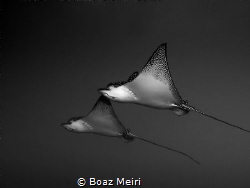
by
Boaz MeiriWhite-Spotted Eagle Rays in the Galapagos
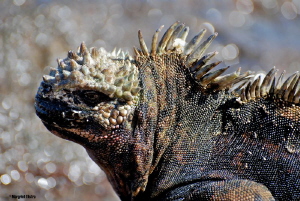
by
Margriet TilstraKlingon Iguana
Nikon D80, Lense AF-S VR Zoom-Nikkor 70-300mm f/4.5-5.6G IF-ED, ISO 200, Aperture f/5.3, Shutterspeed 1/320
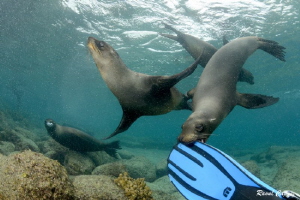
by
Raoul CaprezPlay time
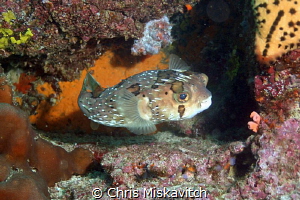
by
Chris MiskavitchPuffer...Galapagos
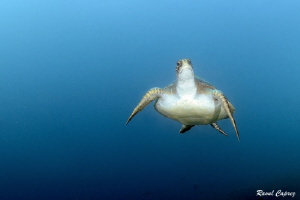
by
Raoul CaprezBlue life
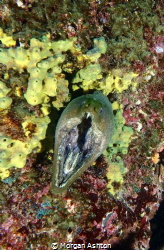
by
Morgan AshtonThe Big Yawn
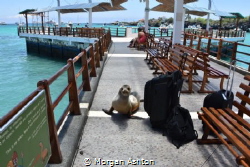
by
Morgan AshtonSomeone’s in the Way
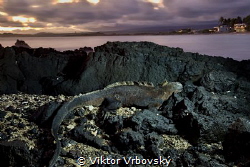
by
Viktor VrbovskýEvening on galapagos island Isabela - sleeping marine iguana (Amblyrhynchus cristatus) taken with looong time :-)
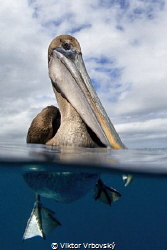
by
Viktor VrbovskýCurious Brown Pelican (Isla Daphne Mayor, Galápagos)
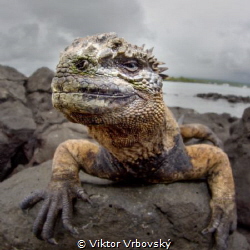
by
Viktor VrbovskýDragon - Marine Iguana (Isla Santa Cruz, Galápagos)
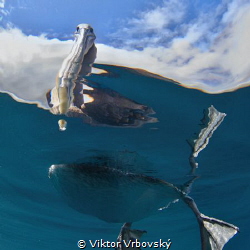
by
Viktor VrbovskýCurious Brown Pelican (Isla Daphne Mayor, Galápagos)
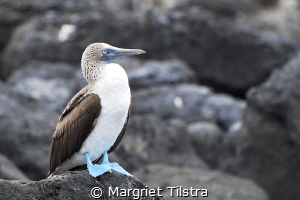
by
Margriet TilstraLook at my beautiful feet.
Blue-footed boobie, Galápagos, Santa Cruz island.
Nikon D80, Nikkor 70-300mm, ISO 200, f/5.6, 1/125
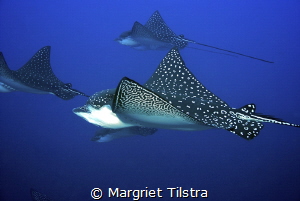
by
Margriet TilstraGraceful eagle rays.
Galapagos islands, Nikon D80, Tamron SP AF 17-50mm, Ikelite housing with two Ikelite strobes, ISO 200, f/5, 1/60.